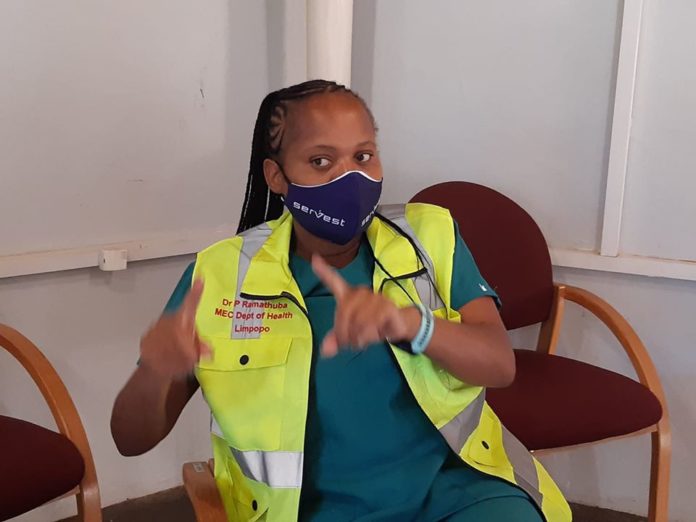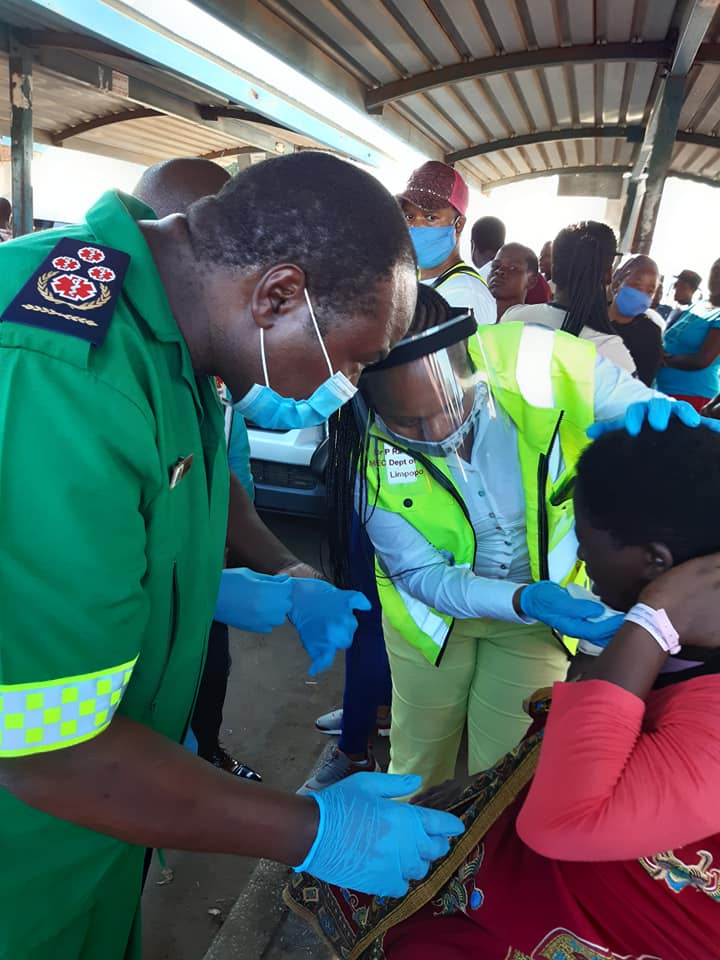
As South Africans have become accustomed to the new lifestyle brought about by the nationwide lock down, many residents of the Mopani District seemed to have become oblivious to the ever-present threat of Malaria. Malaria is endemic in the north-eastern parts of Limpopo, with the transmission being seasonal and limited seasonal transmission occurring in the western Waterberg and parts of southern Sekhukhune.
With media both nationally and internationally focussing all attention on the covid-19 pandemic, the serious reality of living in a “Malaria hotspot” appears to have escaped most. But, conversely to some sensationalised reporting on the matter, the infection rate recorded by the Limpopo department of health has shown a steady decline in malaria infections for the current season.

According to the information received from the department, which is data compiled by the local Malaria Institute, malaria accounts for an average of between 3 000 and 8 000 infections annually resulting in an average of around 40 deaths.
“While malaria remains at between 3,000 to 8,000 cases per year, 2017/18 saw a dramatic upsurge in malaria, with 18 977 cases and 160 deaths reported in the 2017/18 season. The Department was able to turn the situation around, with 6 606 cases and 38 deaths reported in the 2018/19 period and 3 781 and 28 deaths in 2019/20.”
With April being the normal peak month for malaria, 938 cases and two deaths were report for April 2020 to date. The current increase occurred during the last week of March and the first week of April. “As from the 13th of April however, cases declined to lower levels and it is expected to remain low, as we are approaching winter.”
The upsurge experienced at the end of March and beginning of April, mostly affected the Northern part of Vhembe and parts of Mopani such as the Greater Giyani area. Most cases were reported from Madimbo, Folovhovwe, Masisi and Makuya Clinics, with a higher number of cases also reported from Musina and Donald Fraser hospitals.
“In order to reduce the transmission of malaria, the Limpopo health department has 42 malaria teams operational, to conduct the spraying of houses. During the 2019/20 financial year, 882 620 structures were sprayed (95% of targeted structures), which is up from the 663 572 structures in 2017/18,” the report read.
The department health assures all residents that all health facilities in Limpopo are prepared to deal with increased malaria cases. Public Health Care (PHC) facilities can all test for malaria and treatment is available at this level. All hospitals also have access to the latest malaria treatment regime available.
























































